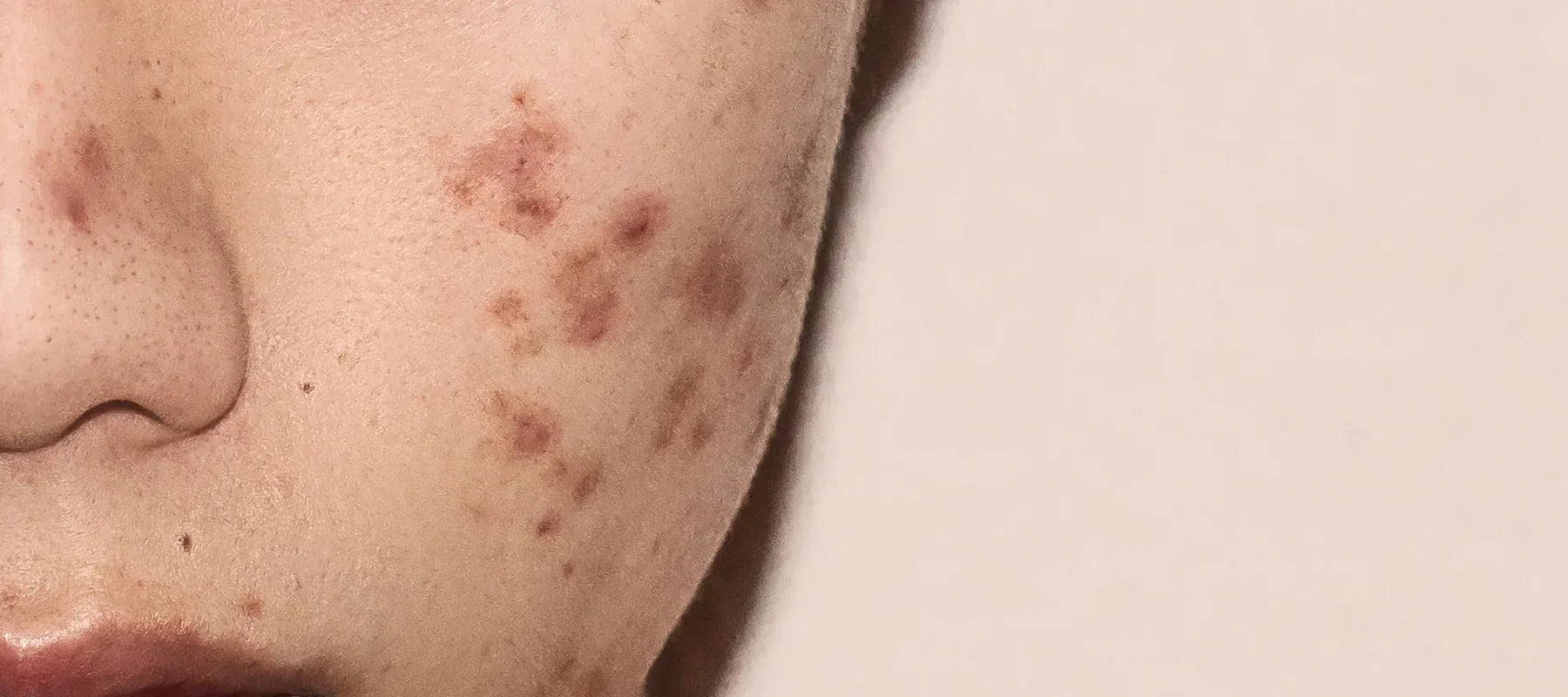
How To Use Niacinamide For Pigmentation Treatment
Introduction
Skin pigmentation, often a concern for many, arises from various factors such as sun exposure, hormonal changes, or inflammation. Niacinamide has emerged as a promising remedy in the quest for effective solutions. This article delves into the use of niacinamide in combating skin pigmentation.
Skin pigmentation: What it is and what causes it
Skin pigmentation refers to variations in skin tone, appearing as darker or lighter patches due to irregularities in melanin distribution or production. Diverse causes include sun exposure, which stimulates melanin production, and hormonal changes such as those occurring during pregnancy or resulting from specific medications. These can lead to conditions like melasma, characterised by dark patches on the face.
Inflammation, a response to skin injuries, acne or other various skin conditions, may induce post-inflammatory hyperpigmentation. The healing process of the skin can yield excessive melanin production in those areas and subsequently cause discolouration.
Additionally, genetics and specific medications can impact melanin production, affecting skin pigmentation. The interplay among these factors highlights the complexity of skin pigmentation, making it a prevalent concern that demands personalised treatment approaches.
What is niacinamide?
Niacinamide exhibits exceptional properties that contribute to skin health. This water-soluble vitamin boasts anti-inflammatory attributes, pivotal in reducing redness and soothing irritated skin. Moreover, niacinamide regulates cell turnover, promoting a healthier skin barrier and controlling sebum production.
Its versatility extends to its remarkable capacity to address pigmentation issues by inhibiting melanin production, making it a sought-after ingredient in various skincare formulations targeting skin discolouration.
Can I use niacinamide to treat pigmentation?
The beneficial option for treating pigmentation concerns lies in niacinamide. Its compelling choice to address dark spots and uneven skin tone results from its ability to regulate melanin production. This is achieved through the effective inhibition of the transfer of melanin to the skin's surface, thereby reducing existing pigmentation and preventing further discolouration.
Consistently using niacinamide in appropriate concentrations can integrate it effectively into a skincare regimen, mitigating skin pigmentation due to its anti-inflammatory properties that contribute notably to skin calming and redness reduction associated with pigmentary conditions.
Niacinamide serum for pigmentation: How does it work?
Niacinamide Serum like the Dark Spot & Hyperpigmentation Correcting Power Serum are formulated to deliver this powerful ingredient directly to the skin. The niacinamide serum for pigmentation penetrates the skin and works on multiple levels:
1. Melanin production regulation
Niacinamide impedes the transfer of melanin to the skin's surface, thus preventing excess pigmentation. This regulation helps fade existing dark spots and prevent new ones from forming.
Also Read: How To Reduce Melanin In Skin
2. Anti-inflammatory effects
Niacinamide, through its ability to reduce inflammation, can soothe the skin and diminish redness typically linked with pigmentation issues. This characteristic proves notably advantageous in addressing post-inflammatory hyperpigmentation.
3. Enhanced skin barrier
Niacinamide aids in strengthening the skin's natural barrier, improving its resilience against environmental stressors. A healthy skin barrier further prevents pigmentation triggers from affecting the skin.
Incorporating niacinamide into your skincare routine
Introducing niacinamide into your skincare regimen to address pigmentation demands a systematic approach for maximum efficacy:
1. Select the right product
When choosing a niacinamide-infused product, select serums, lotions, or moisturisers with a niacinamide concentration ranging from 3% to 5%. This concentration range often proves effective without causing skin irritation.
2. Consistency is key
Apply the niacinamide serum for hyperpigmentation consistently and regularly. Incorporate it into your morning and evening skincare routine after cleansing before applying heavier products like moisturisers or oils. This allows the niacinamide to penetrate effectively and work its magic on the skin.
3. Combine with sun protection
Niacinamide doesn’t replace sunscreen but complements it. Pair the Dark Spot & Hyperpigmentation Correcting Power Serum with daily application of a broad-spectrum sunscreen like the Mineral Matte Tinted Sunscreen to shield the skin from UV-induced pigmentation and prevent further darkening of existing spots.
4. Exercise patience
Results from using niacinamide may not be immediate. Changes in pigmentation often require consistent application over several weeks before noticeable improvements are observed. Patience and persistence in the routine are key to achieving desired outcomes in managing skin pigmentation.
Conclusion
In the field of skincare, niacinamide emerges as a versatile solution that particularly addresses skin pigmentation. With its multifaceted strategy of regulating melanin production, reducing inflammation and fortifying the skin's barrier, it effectively aids in attaining an even-toned and radiant complexion. Consistent and correct usage of niacinamide can revolutionise your skincare routine.
FAQs:
1. Is niacinamide suitable for all skin types?
Generally, all skin types including sensitive and acne-prone skin find suitability in niacinamide. Its versatility as an option for various skin conditions arises from its non-irritating nature.
2. Can I layer niacinamide with other skincare ingredients?
Niacinamide is compatible with most skincare ingredients. However, avoiding combining it with products containing strong acids in the same routine is advisable to prevent potential irritation.
3. How long does it usually take to see results when using niacinamide for pigmentation?
Visible improvements in pigmentation often require consistent usage over several weeks, typically around 8 to 12 weeks, though individual results may vary.
4. Does niacinamide for hyperpigmentation have side effects?
Generally, the body tolerates niacinamide well. Although rare, potential side effects may manifest as mild irritation or allergic reactions. Ensure compatibility by conducting a patch test before applying it fully.
5. Can niacinamide eliminate pigmentation, or does it only fade it?
Niacinamide can significantly reduce pigmentation by fading existing spots and preventing further discolouration, but complete elimination may not always be achievable.
6. Is the efficiency of using niacinamide for pigmentation treatment consistent in both morning and evening applications?
Using niacinamide both in the morning and at night can be beneficial. Consistent application at different times allows prolonged exposure to its effects, enhancing its efficiency in addressing pigmentation concerns.






















































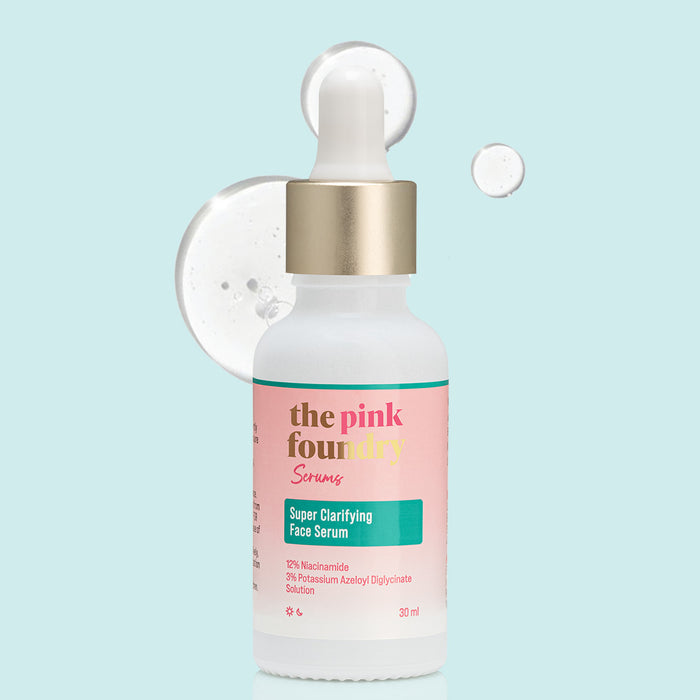


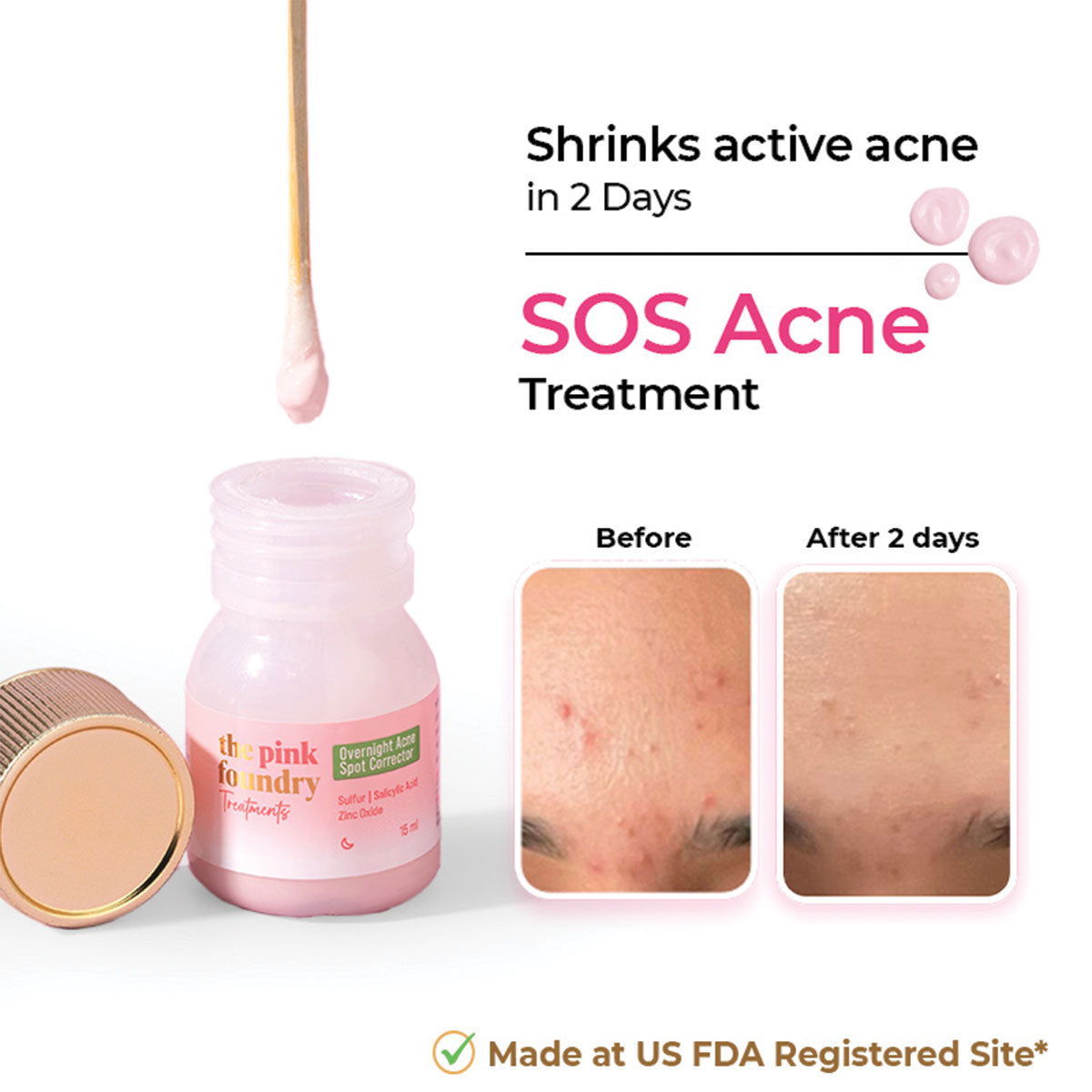

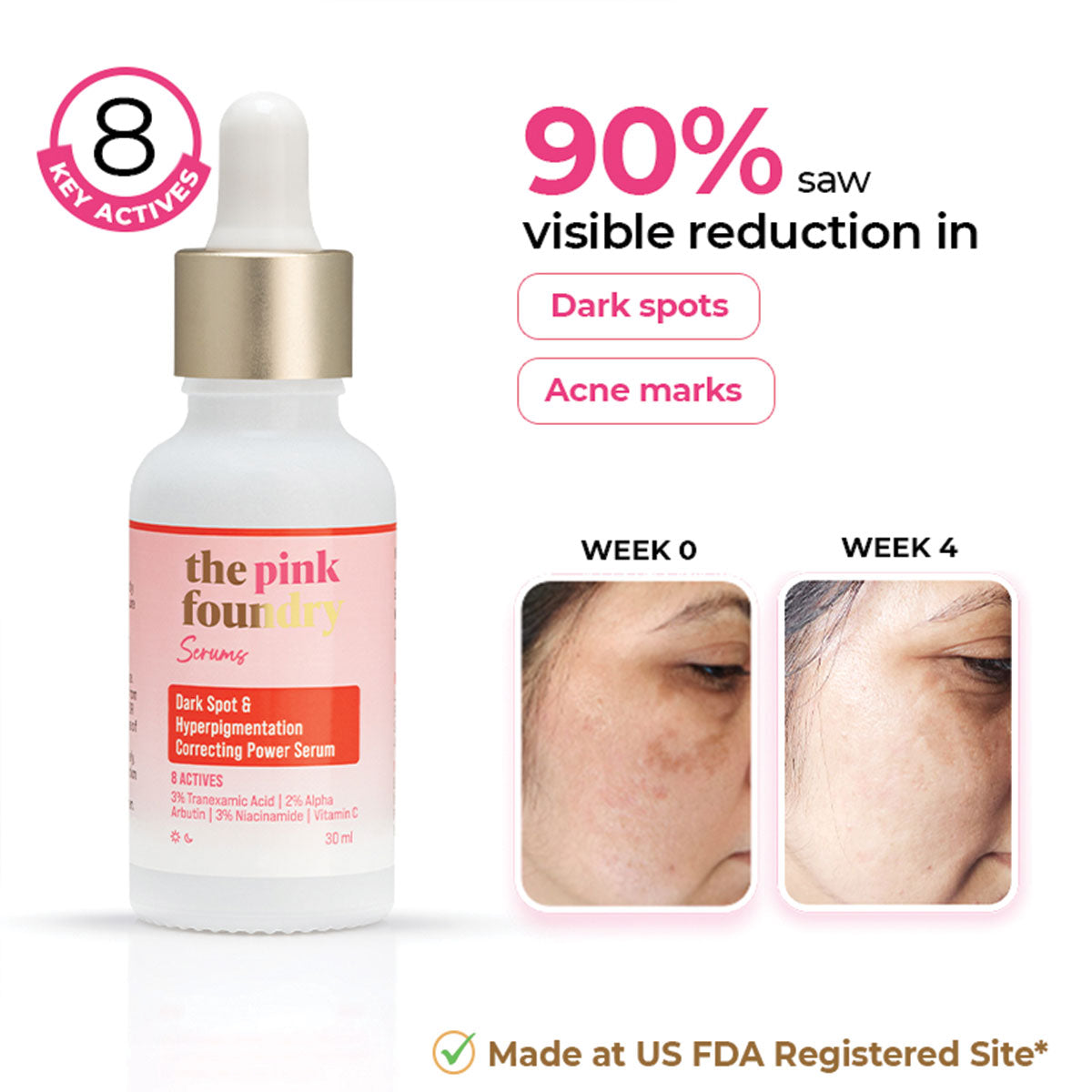
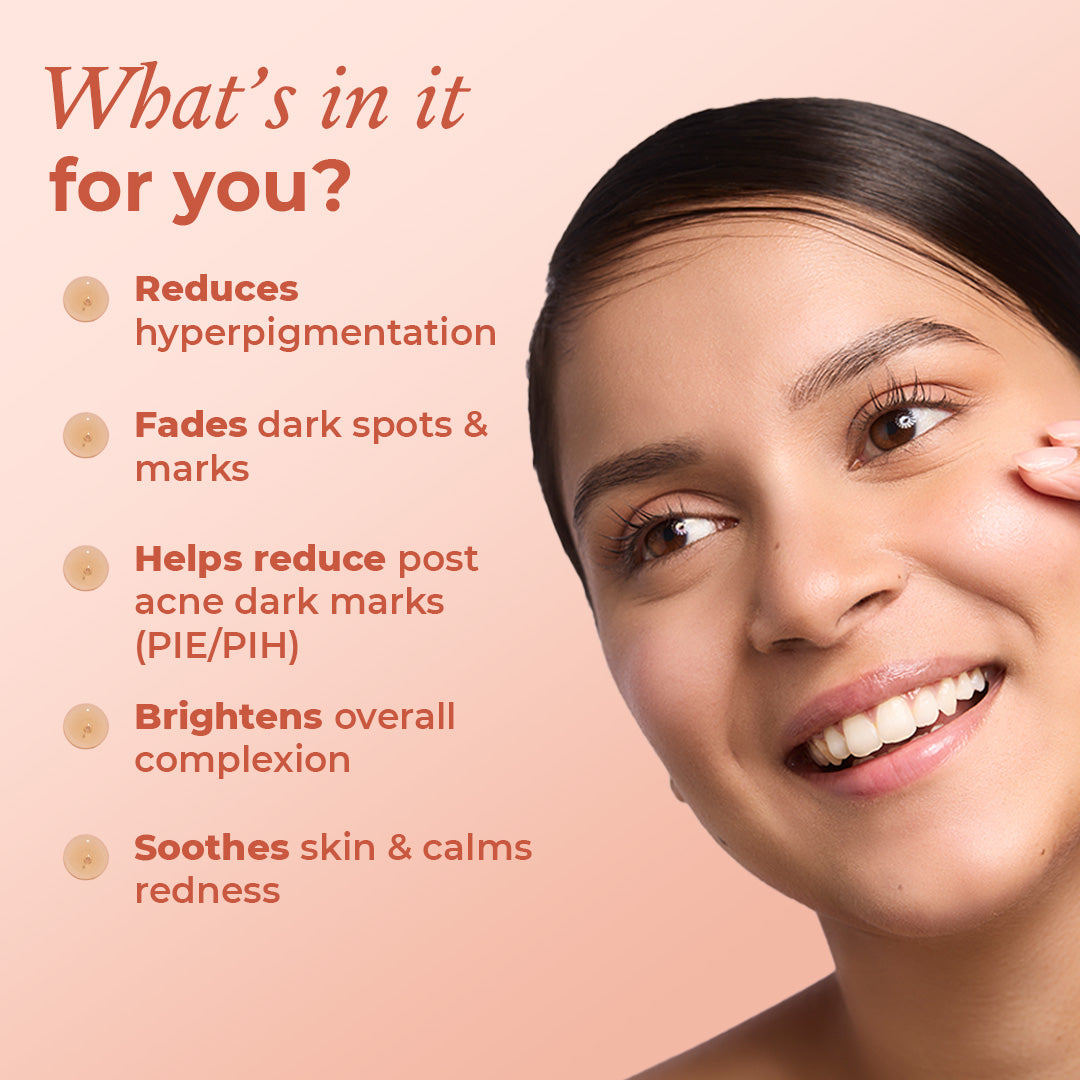
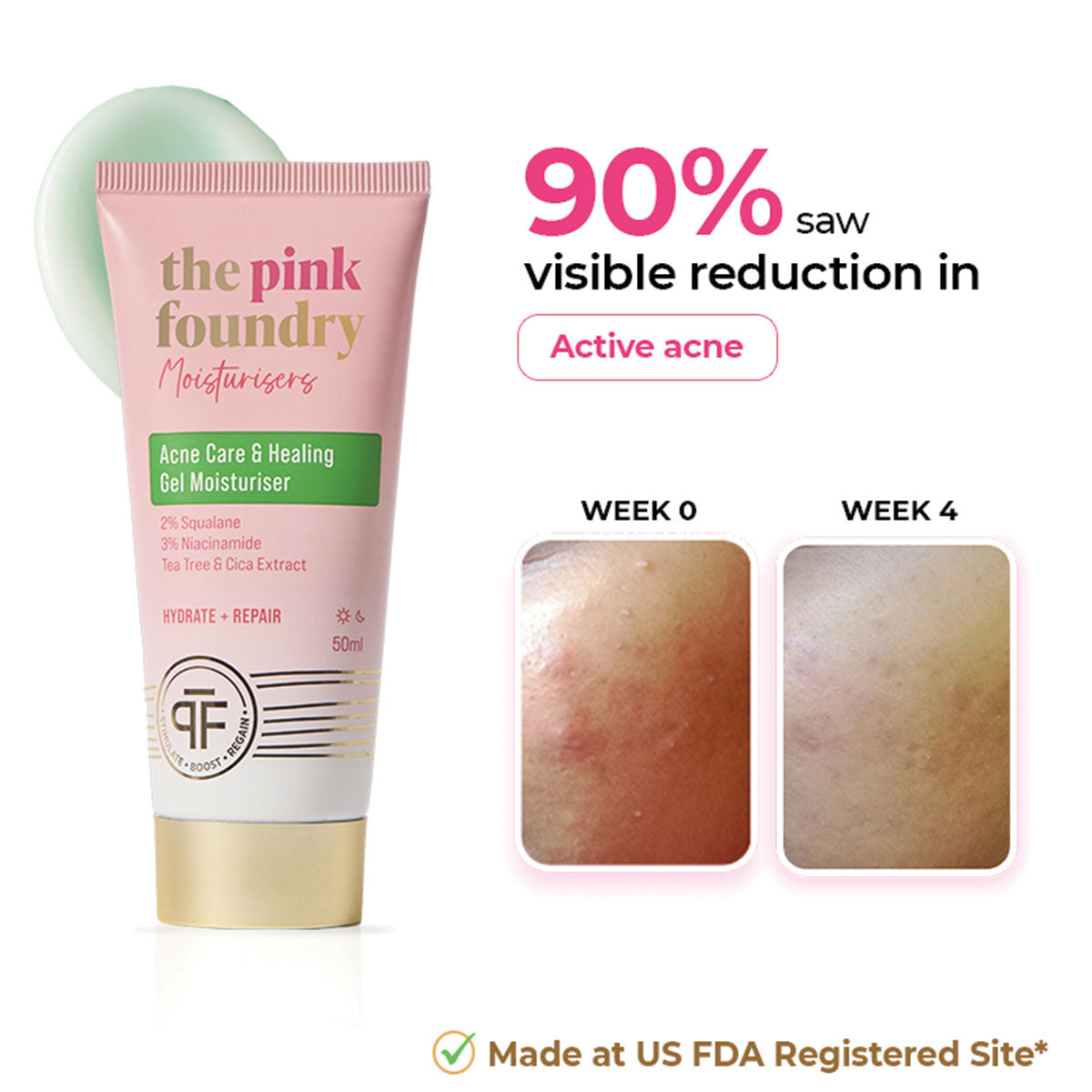
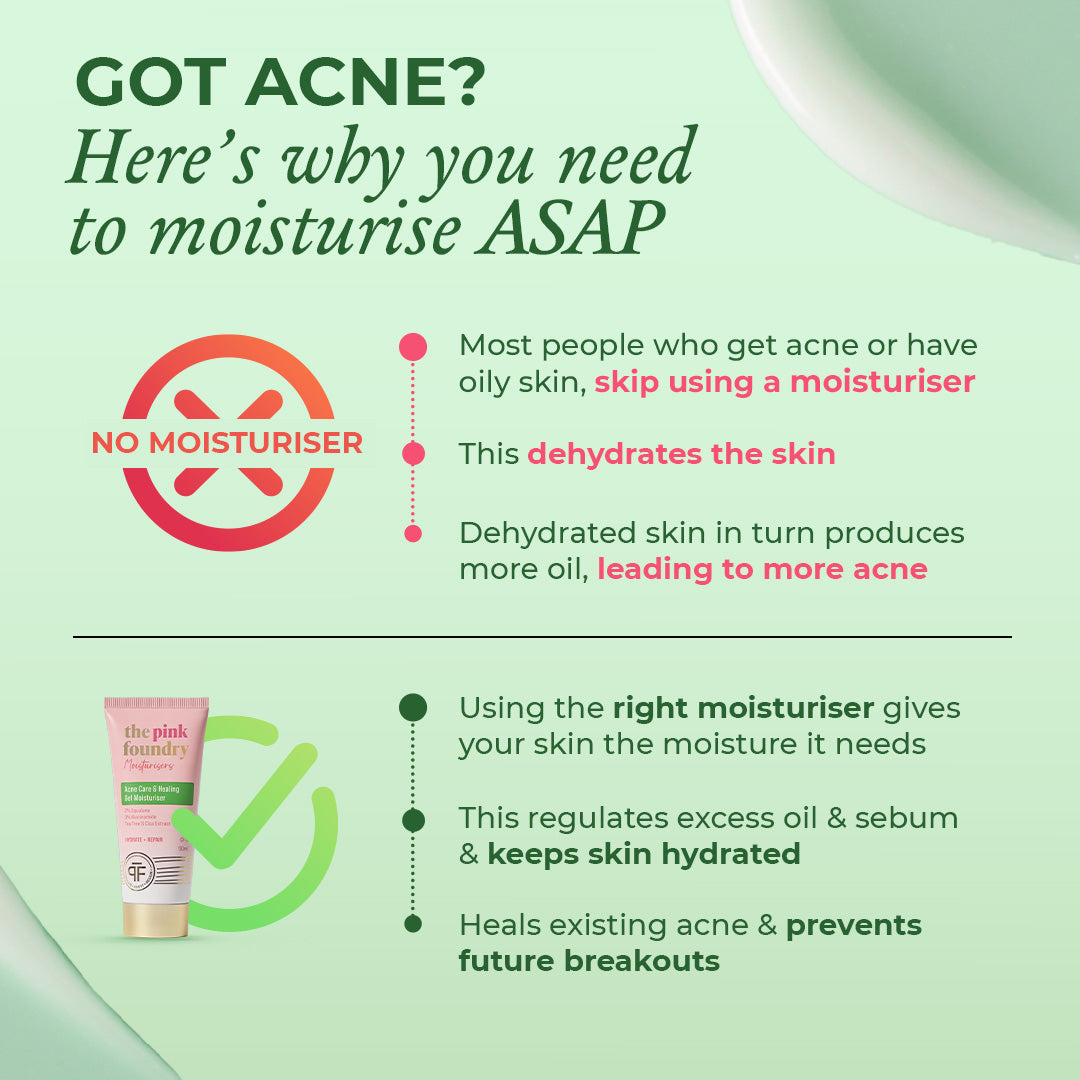
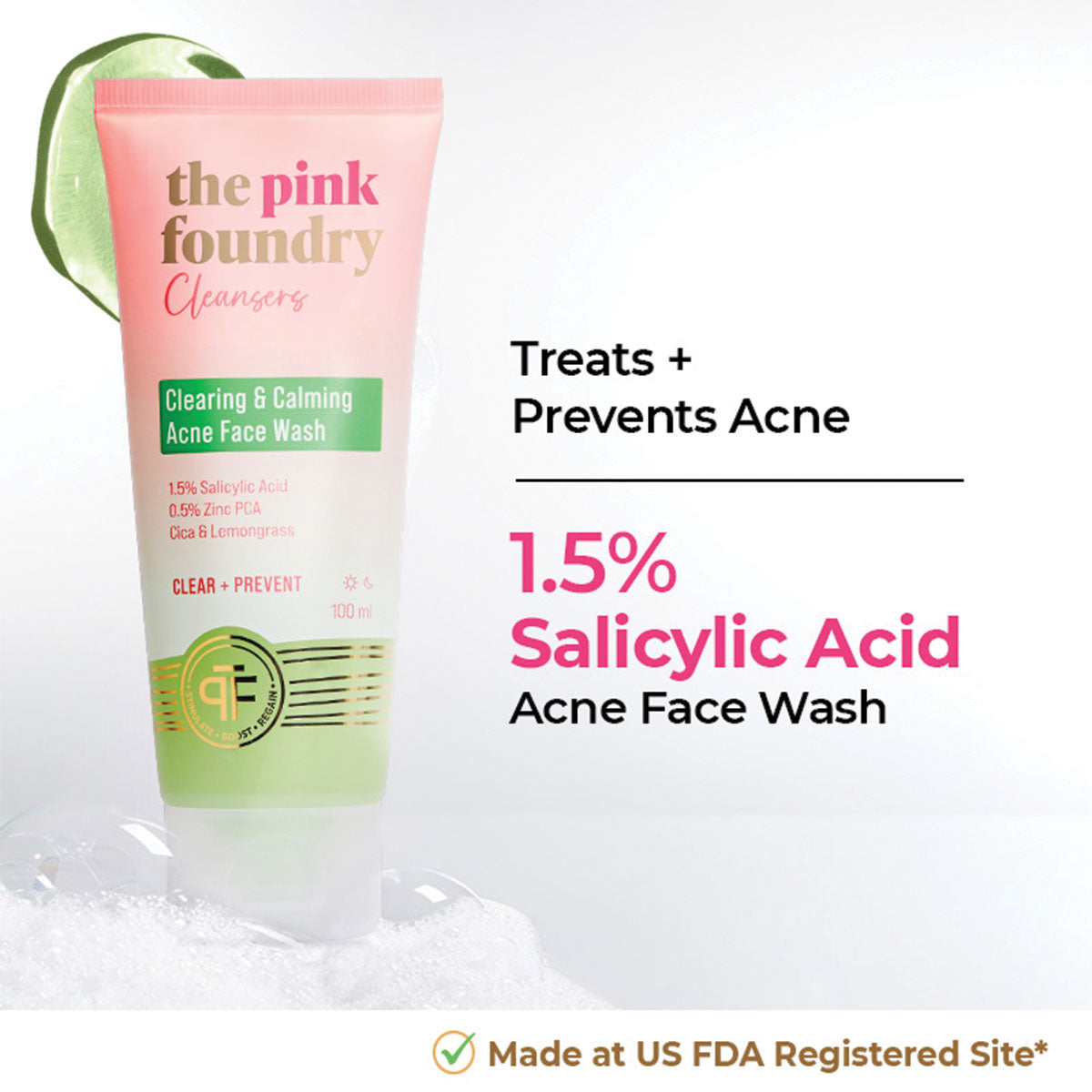


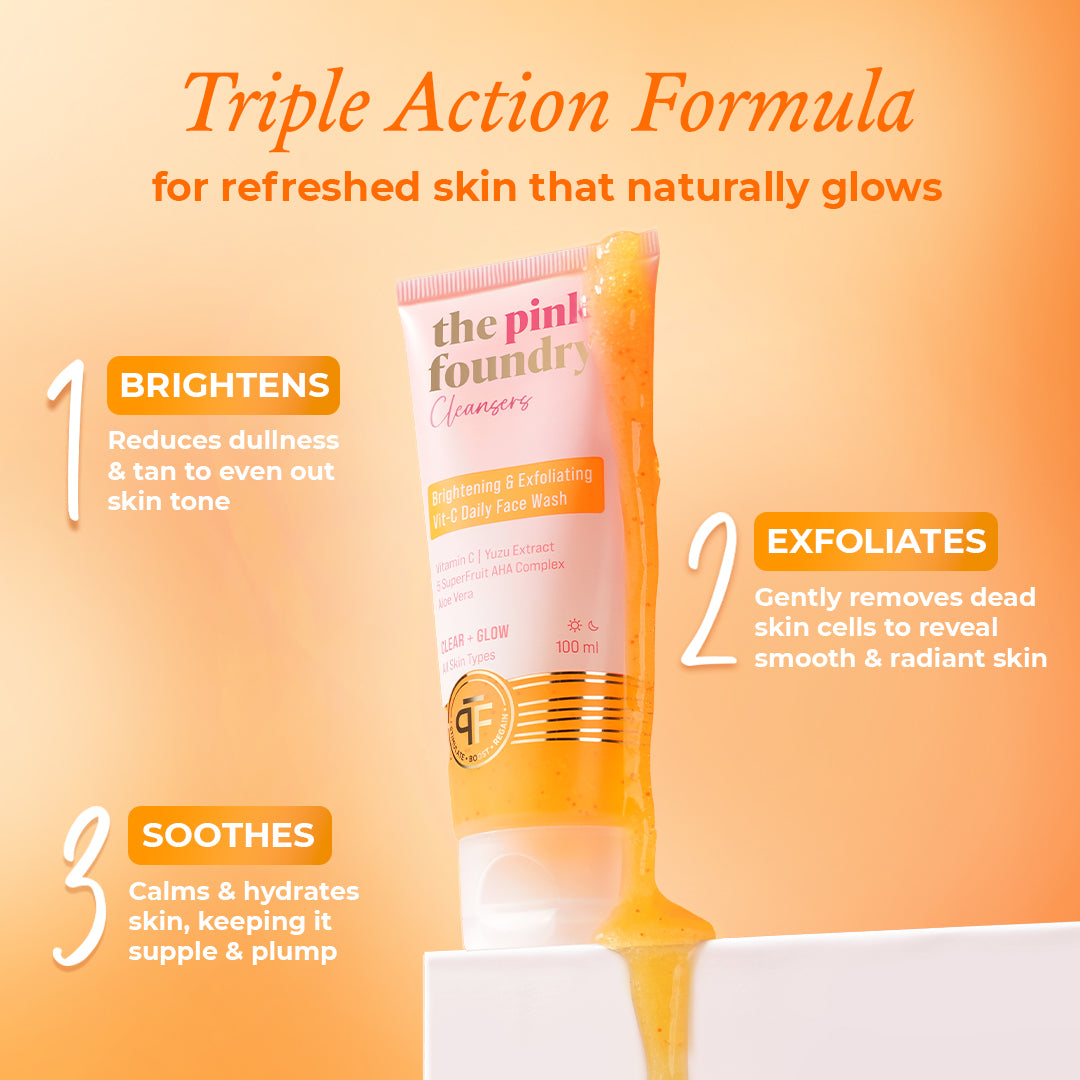
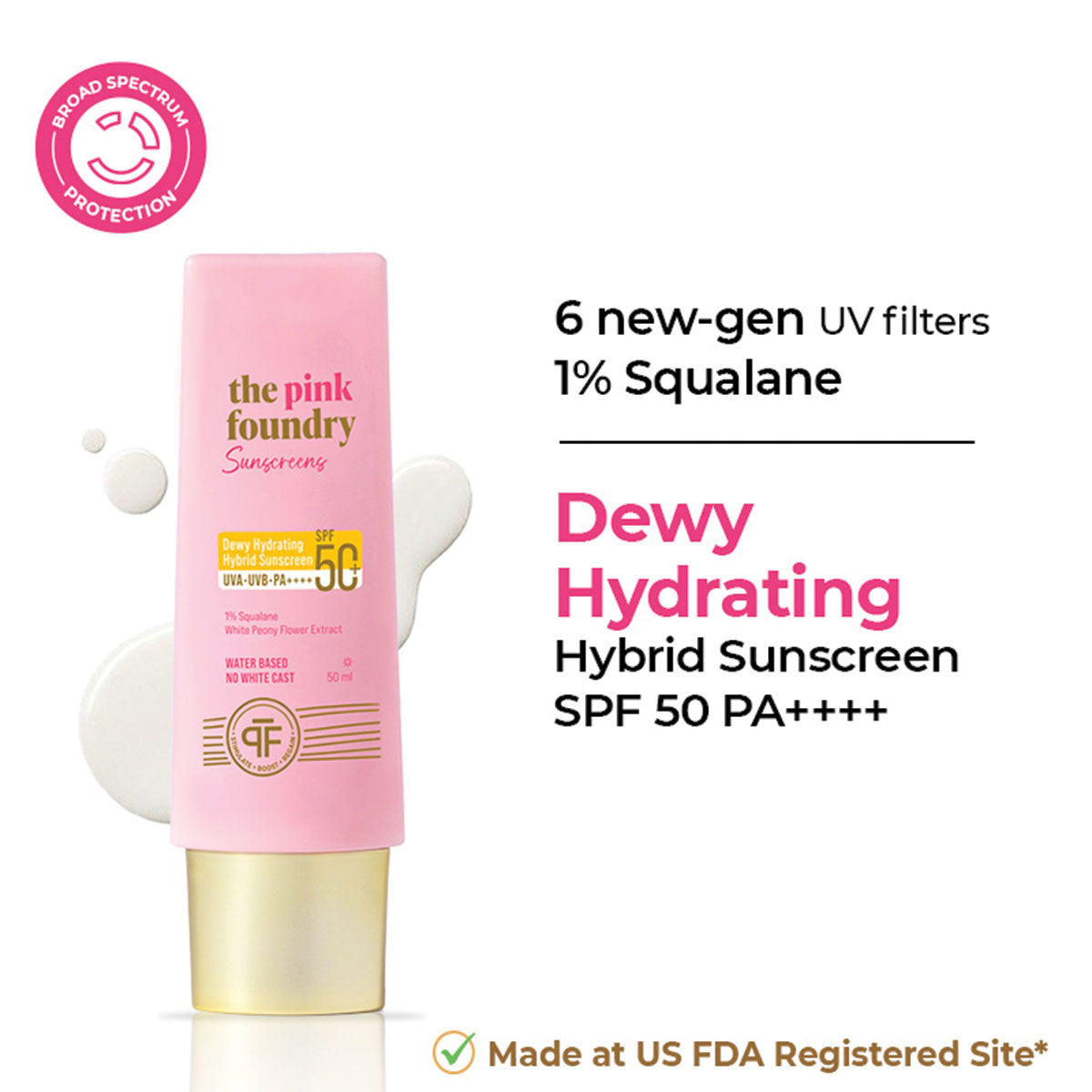

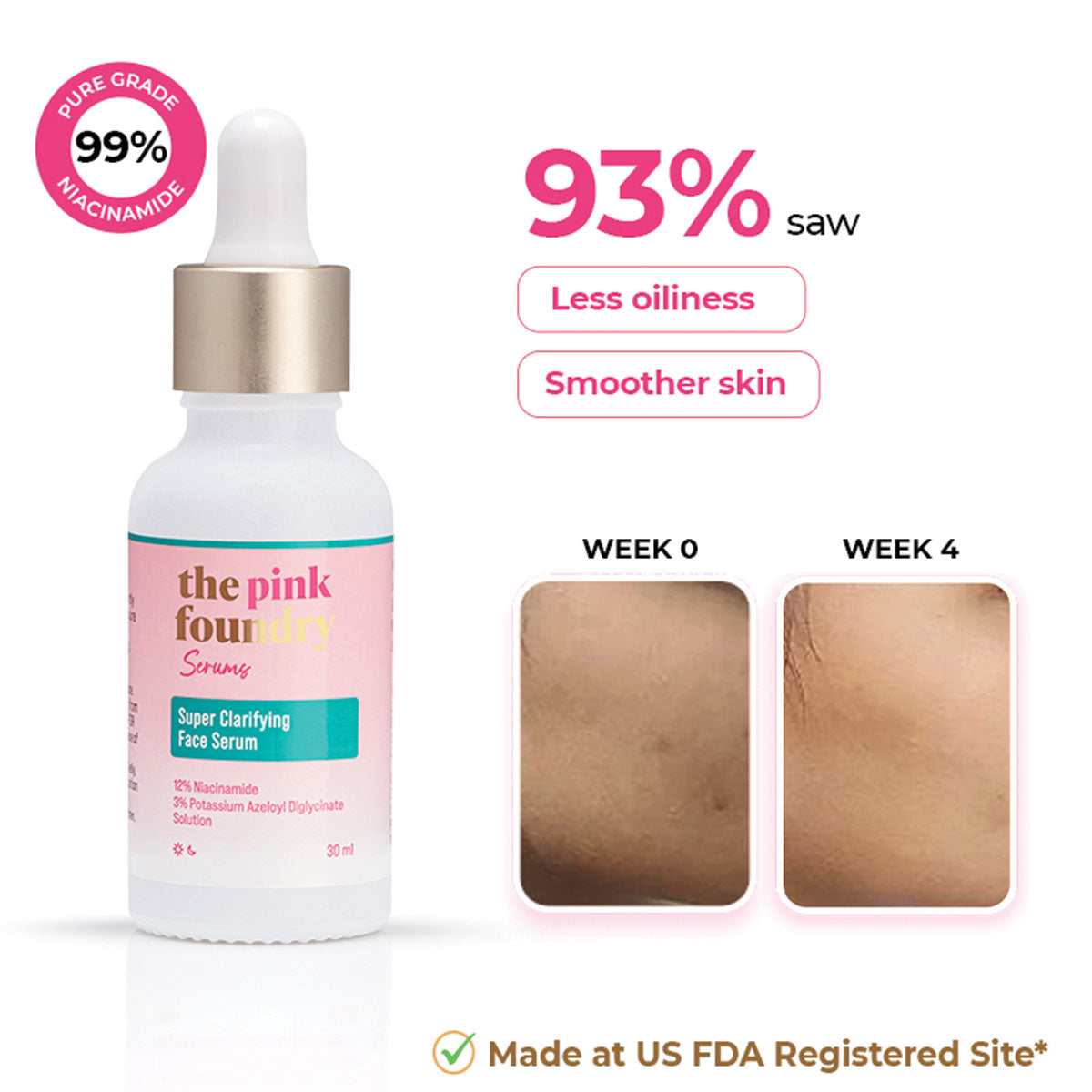
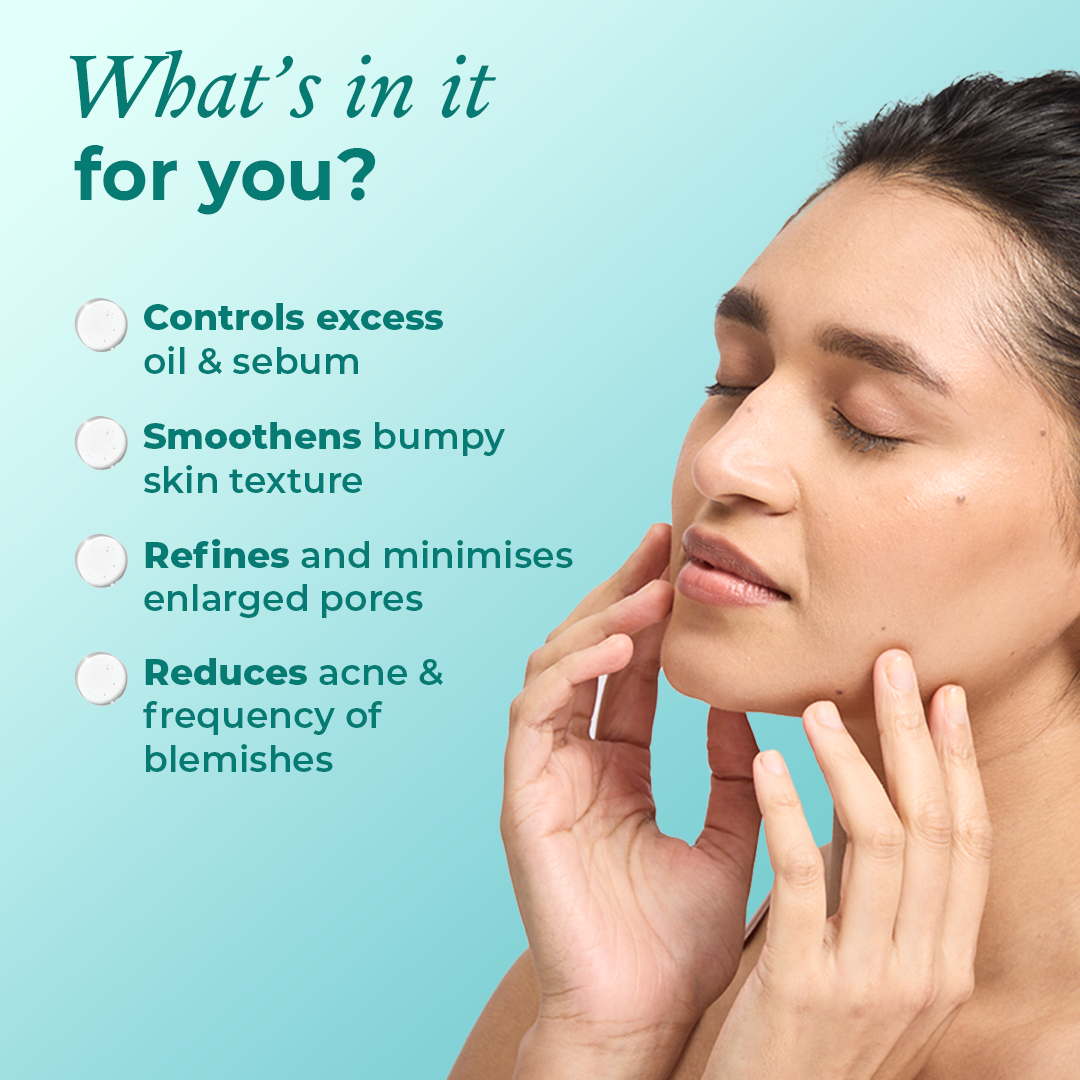
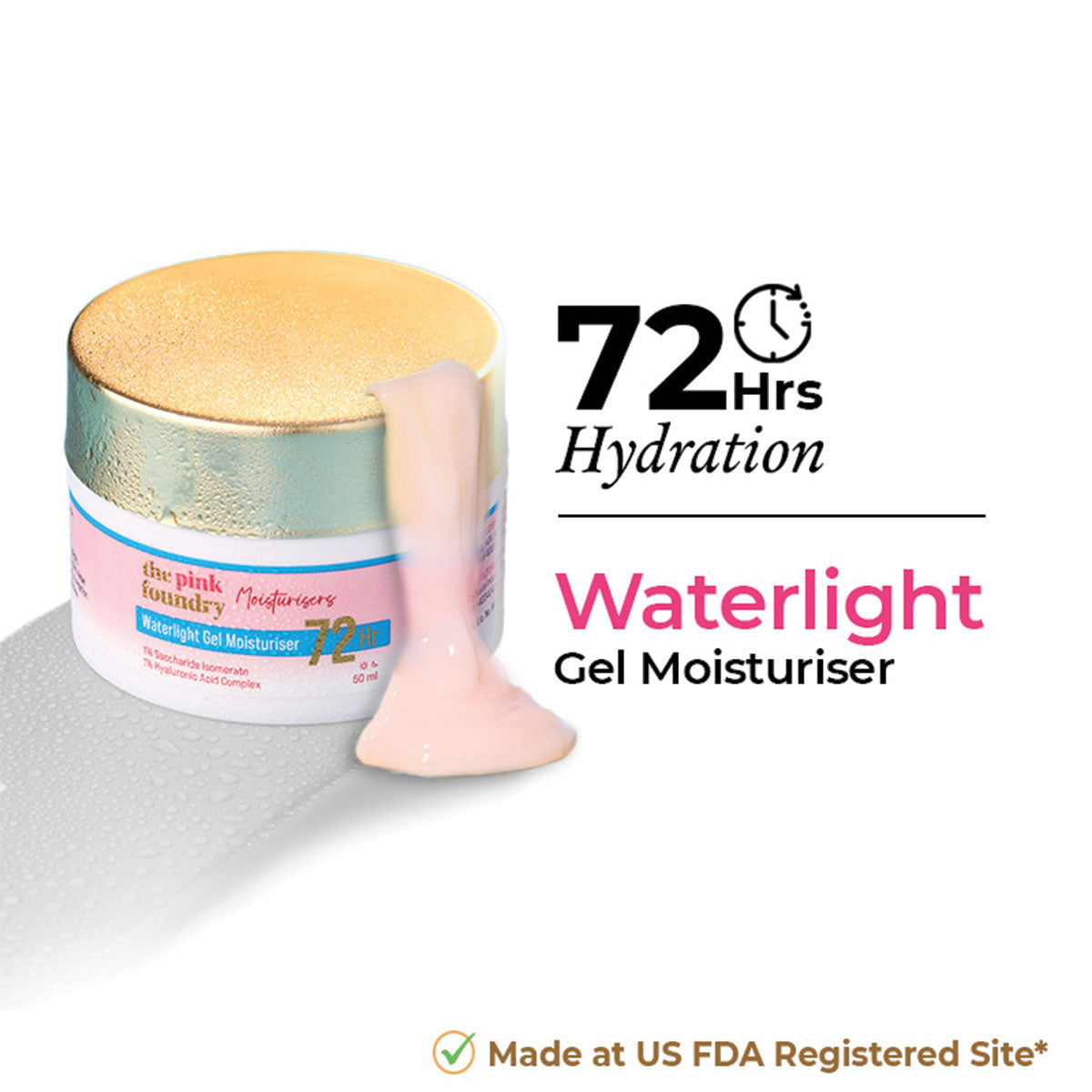





Leave a comment
This site is protected by hCaptcha and the hCaptcha Privacy Policy and Terms of Service apply.